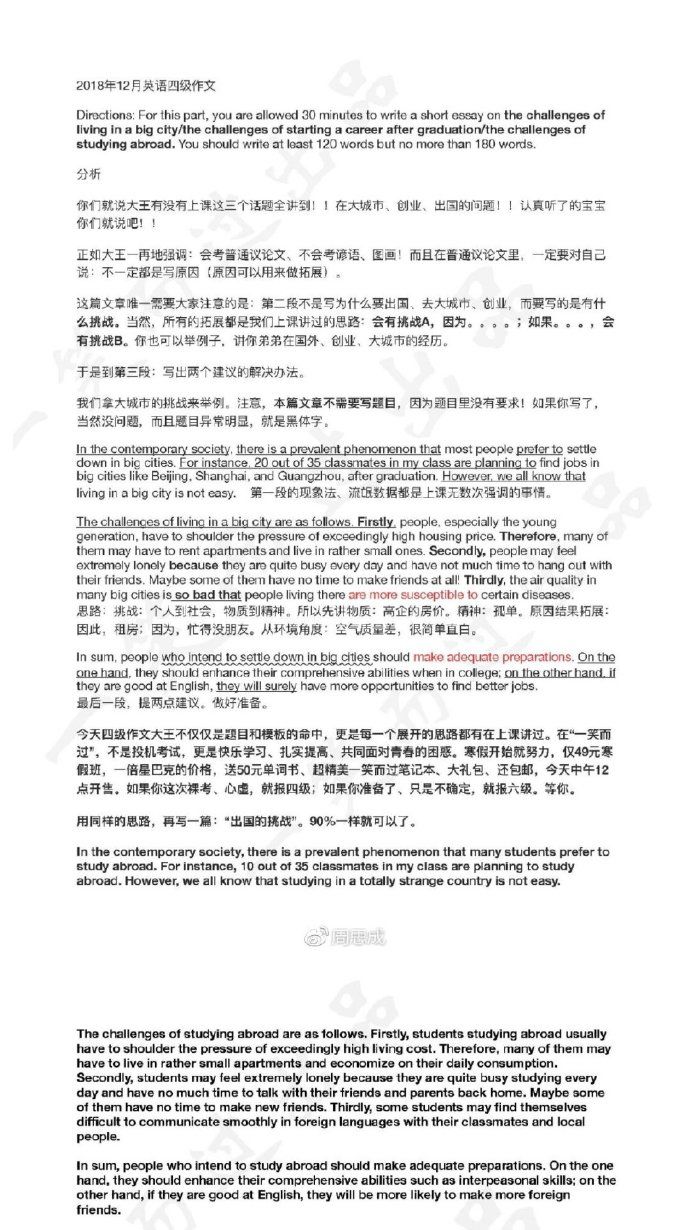GMAT考试:Argument写作范文二十一
|
41. To begin with, the author assumes that existing copyright, patent and trade secret laws are inadequate to protect home security system design. But the author never explains why these laws don't offer sufficient protection, nor does he offer any evidence to show that this is the case. Secondly, the argument depends on the twin assumptions that stronger legal protection will encourage manufacturers to invest in home security-system production, while the absence of strong legal protection will have the opposite effect. The author fails to provide any evidence or reasons for accepting these assumptions about cause-and-effect connections between the law and what happens in the marketplace. Moreover, both of these assumptions can be challenged. It is possible that stronger protections would not greatly affect industry investment or jobs overall, but would instead help to determine which companies invested heavily and, therefore, provided the jobs. For instance, a less-restricted market might foster investment and competition among smaller companies, whereas stronger legal protections might encourage market domination by fewer, larger companies. In conclusion, I do not find this argument compelling. The author must provide evidence that home security system designs are not being adequately, protected by current patent, copyright or trade secret laws. The author must also provide an argument for the assumptions that stronger laws will create more industry jobs overall, while the absence of stronger laws will result in fewer industry jobs. 42. The main problem with the argument is the author's mistaken assumption that eliminating strain on the system and improving employee morale are mutually achievable by way of an increase in stamp prices. A price increase will generate more revenue only if the volume of mail remains constant or increases. But, if the volume of mail increases or remains constant, worker morale will not be improved. On the other hand, if the price increase reduces the volume of mail, revenuesmay decrease, and the strain on the system will not be eliminated. Consequently, eliminating the strain on the system and improving the morale of the workers cannot both be achieved by simply raising the price of postage stamps. Secondly, the author's conclusion that the proposed price increase is necessary to reduce deterioration of the postal service relies on the assumption that no other action would achieve the same result. However, the author provides no evidence to substantiate this assumption. It is possible, for example, that careful cost-cutting measures that do not decrease worker morale might achieve the same goal. It is also possible that other revenue-enhancing measures that do not undermine employee morale are available. In conclusion, the author's proposed solution to the problem of the deterioration of the postal service will not work. Raising postage-stamp prices cannot bring about both of the outcomes the author identifies as being necessary to solve the problem. Before we can accept the argument, the author must modify the proposal accordingly and must provide more information about the relationship between employee morale and mail volume. |








